I like old video games. I don’t think that’s exactly a trait that’s uncommon, but it strikes a particular beat with me as I’ve never been that much of a hardcore gamer. There are tons of games (actually, most) that I don’t enjoy, and so I don’t feel as though my feelings on the matter necessarily just come from reminiscing about the fun times I had playing games as a kid.
In particular, I’ve noticed my nostalgia for games relies so much more on the nature of the game as opposed to when the game came out. I feel no more than a surface level nostalgia for the blocky triangles of Super Mario 64, yet the first Danganronpa, a game Steam tells me I bought only in the middle of 2019, invokes a surprisingly indescribable feeling of wanting to go back.
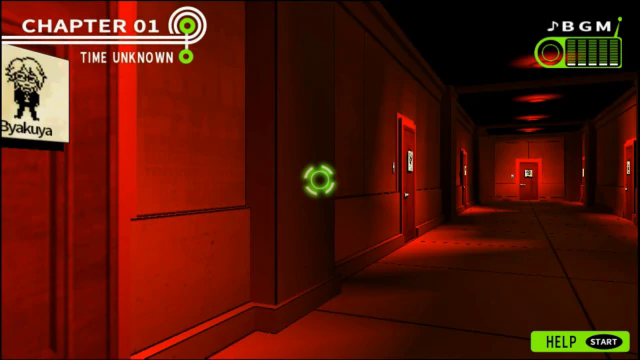
Likewise, Katamari Damacy, a game I’ve been well aware of since its release, but only played for real a couple of years back, gets to me in a way that I struggled to put my finger on for a long time. It’s not just the idea of it, either, I can specifically recall sitting down on the floor with the second hand PS2 I bought and flicking through the gallery of items you’ve rolled up so far.
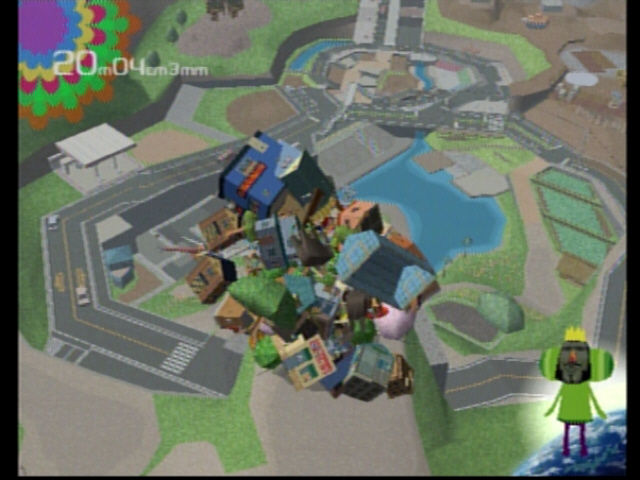
In my passive flow of thoughts over time as to what truly forms the basis of this feeling, I started to try and whittle down and see if there was any intrinsic property to what made something feel ‘nostalgic’ to me. If a recent experience can invoke a stronger one than one from decades ago, and if games that aren’t even that old can fuel it, then there must be something else going on, or so was my line of thinking.
I can’t really begin to say I’ve begun to even crack the surface of understanding the feeling as a whole, but one of the oft points of commonality is something I’m going to dub the ‘closed box feel’.
The crux of the idea revolves around precisely controlling the area of active importance in an environment. The isolation of the current moment from its surrounding noise makes clear sense when in words for inducing nostalgia, but I find that its implementation in design is an interesting topic of its own.
Indeed, media that exhibits these properties almost carry nostalgia as a component of their structure. Nostalgia is not something they induce just inherently as a natural by-product of time, but rather part of the DNA of its design, an aspect that is perhaps strengthened, but not directly caused, by the months and years that go by.
It’s through this as a vessel that people can feel nostalgia for places they’ve never been, situations they were never in, events they weren’t alive to see.
A particular thing I’ve always felt this ‘closed box’ nostalgia for is the scene of Goomba Village, from Paper Mario.
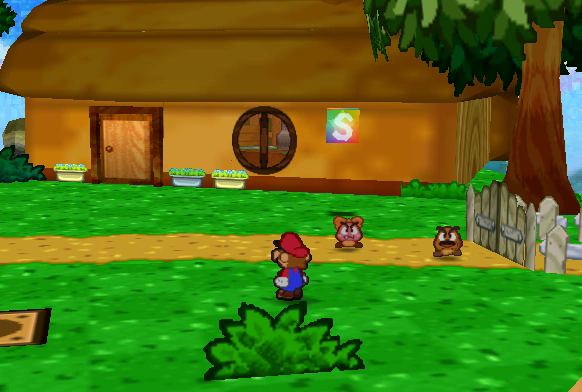
There’s something very homely about the design of this level. Here we see the Goomba family, with their different generations of life, their peaceful way of living, all neatly tied into a small hexagonal diorama.
During my various experiments with modding and reverse engineering the game, I thought once, as a fun experiment, what it would look like to tie all the little level parts of the game together into one continuous model.
After all, part of the reason these levels are all so small is due to the limited power available to the N64. Maybe, perhaps, by stitching them together, we’d get an idea of what the game would look like without those hardware limitations.
But, by lining things together, I found that more than anything, the biggest thing that changed was the feeling of nostalgia. Somehow, it just didn’t feel the same any more. Was it just because any change, no matter how small, killed the mood? It couldn’t have been that.
This experience isn’t limited to this instance, either. While trying to make VRChat worlds, I noticed a similar phenomenon arise when I tried to increase the scope of my projects.
You see, VRChat has plenty of “relax” or “chill” worlds. People come to these worlds to relax and talk with their friends. Sitting in front of a mirror with people is an almost ubiquitous part of VRChat culture.
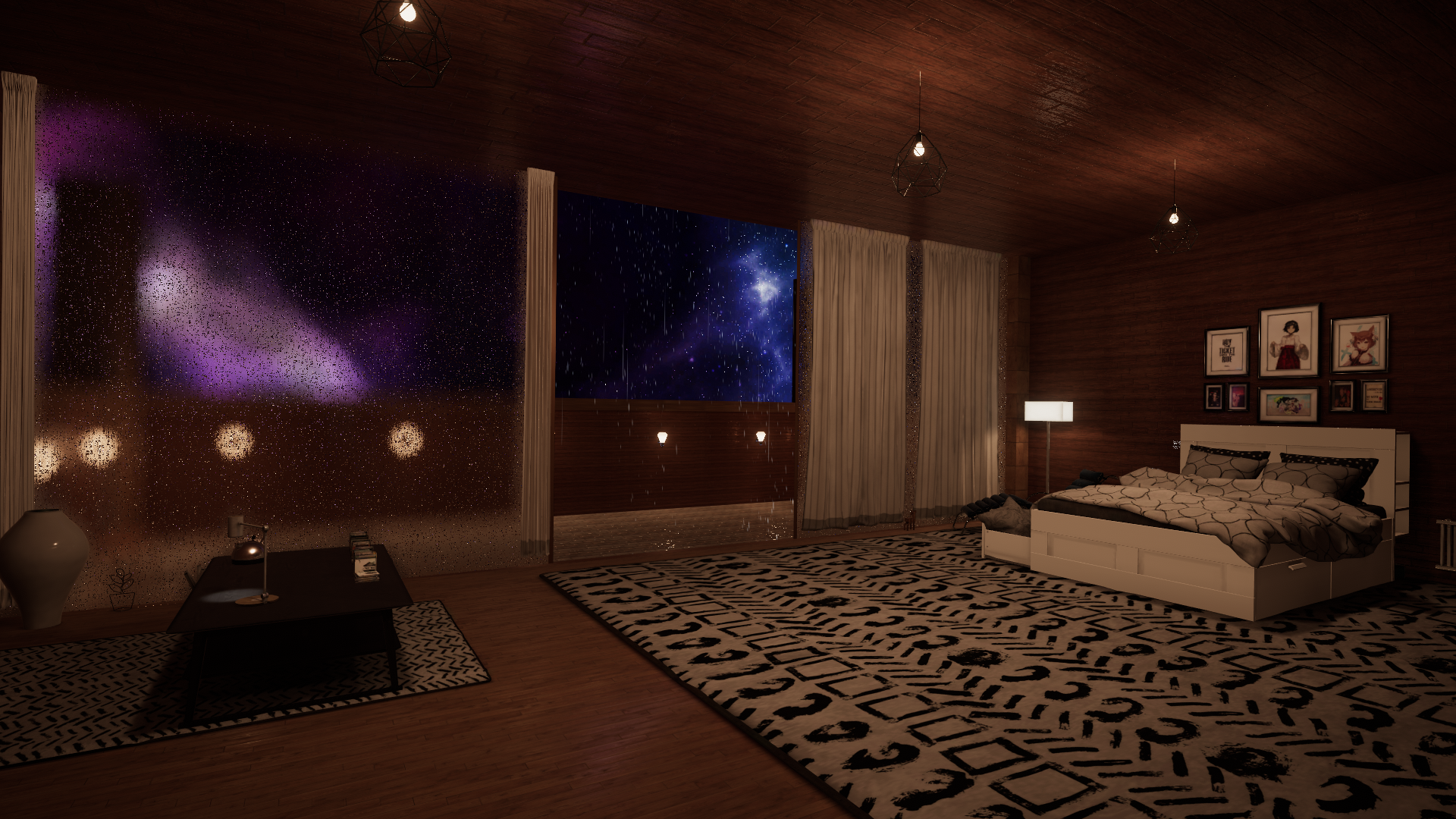
When I tried to build on worlds of this nature, trying to expand things out, I felt a staggering similarity in the loss of nostalgic feel. It just didn’t feel right, having areas outside the main ones that were already there. In a way, it was the barrier from the outside world that ended up being more important than anything in it.
Having reflected on my playthrough of the Danganronpa series, it made even more sense why I never really liked the second game as compared to the first.
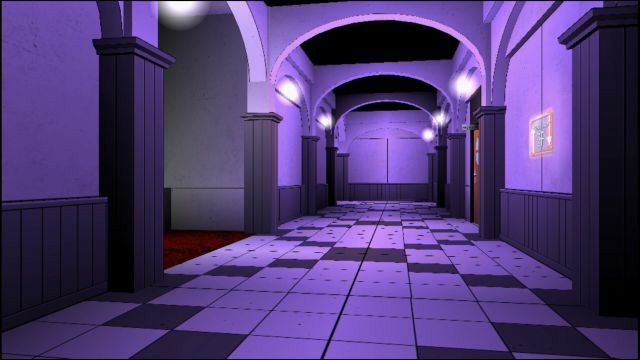
The first game takes place entirely within the confines of a small school building, but the second game is set on an abandoned island. While there was still a feeling of being “trapped”, the barrier from the outside world had moved so much further away that it just didn’t hold that same quality for me.
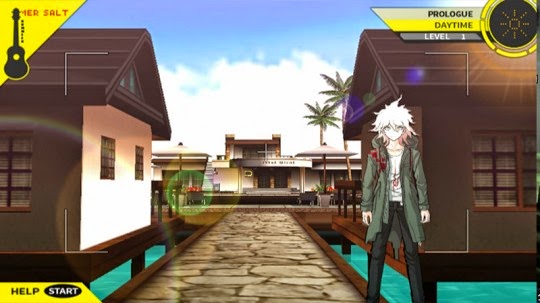
Comparatively, in V3, when we’re confined back to the small setting again, I felt like that feeling had come back. As much as the barrier ‘traps’ the characters, it also locks them away from caring about what’s going on outside.

I think the reflection this creates of youth is part of why this feeling is so distinguished as ‘nostalgia’. When you’re young, much of life is taken care of for you. You rarely need to care about the scope of the world outside, and even if your parents take you somewhere, you’re still within the bubble of their influence.
The awareness and care for the outside world is thus perhaps the real core part of what distinguishes youth from maturity. Much more so than your attitude or organization, the simple need to be aware and caring of your surroundings is what strips you of the inherent building blocks required for real nostalgia. Up until then, your entire life is a ‘closed box’.
In a world where games and media are constantly trying to expand and strip away walls, I’ve just been thinking, well, maybe it’s time for me to stop thinking about getting rid of the boundaries, and think more about how exactly I can make better ones.